下拉有很多__【询价/阅新品 + 右侧联系】
企业办公楼效果图设计制作:
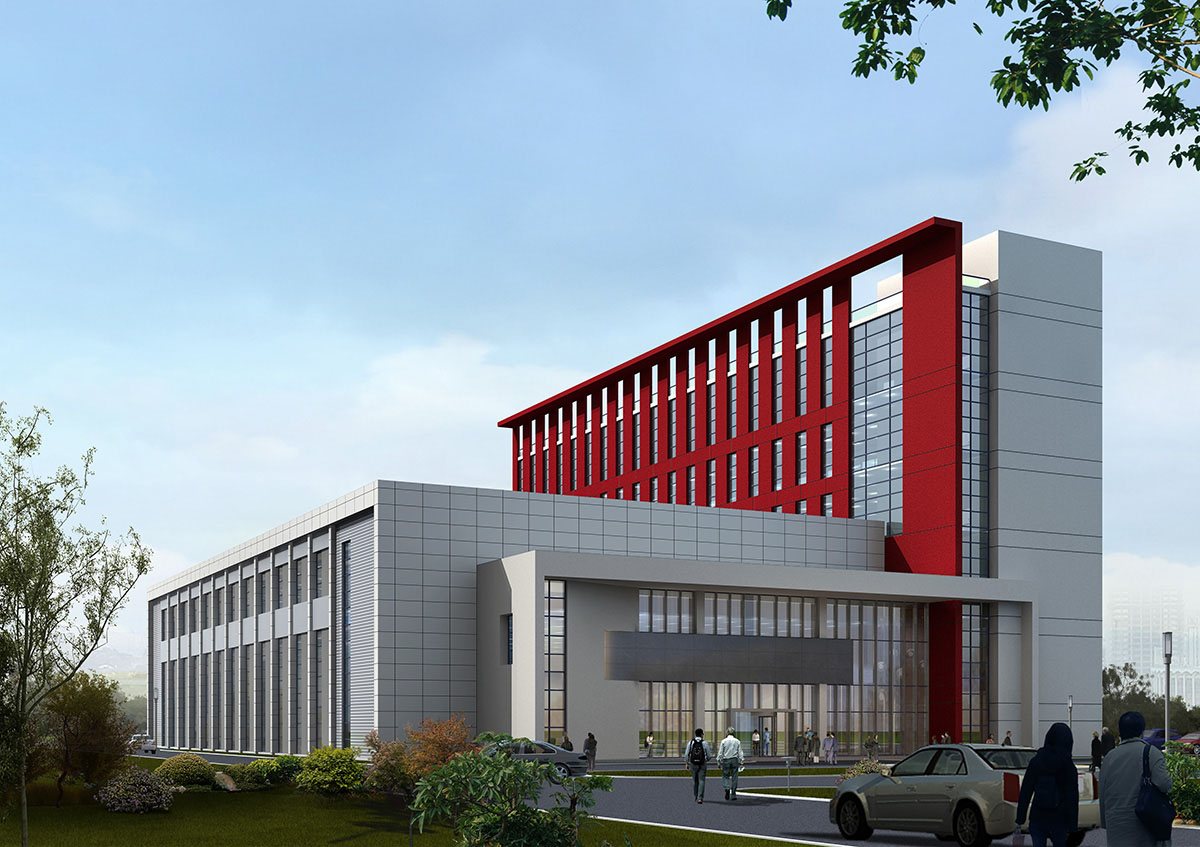
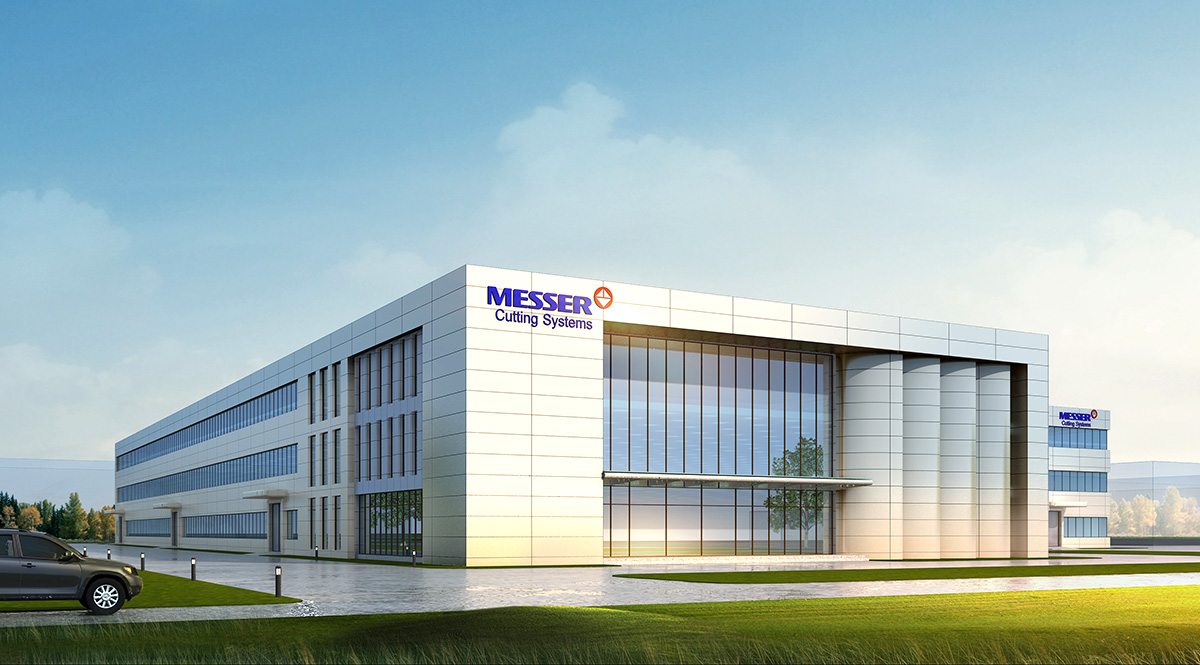
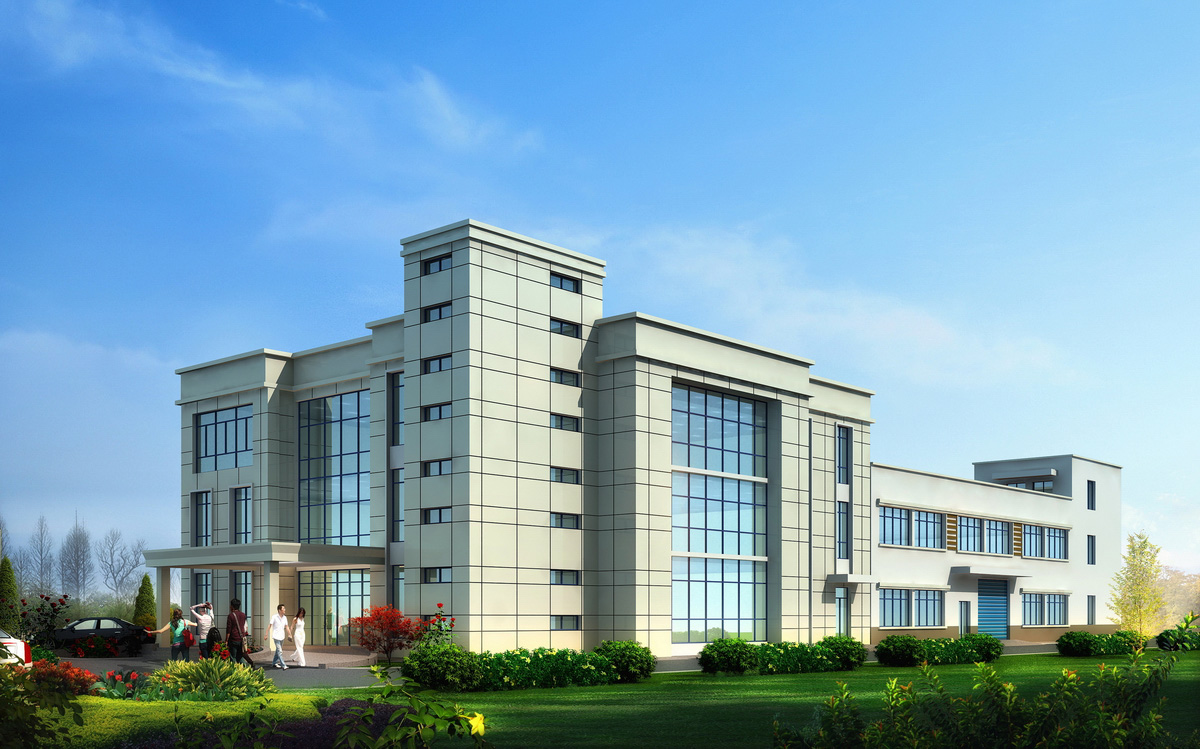
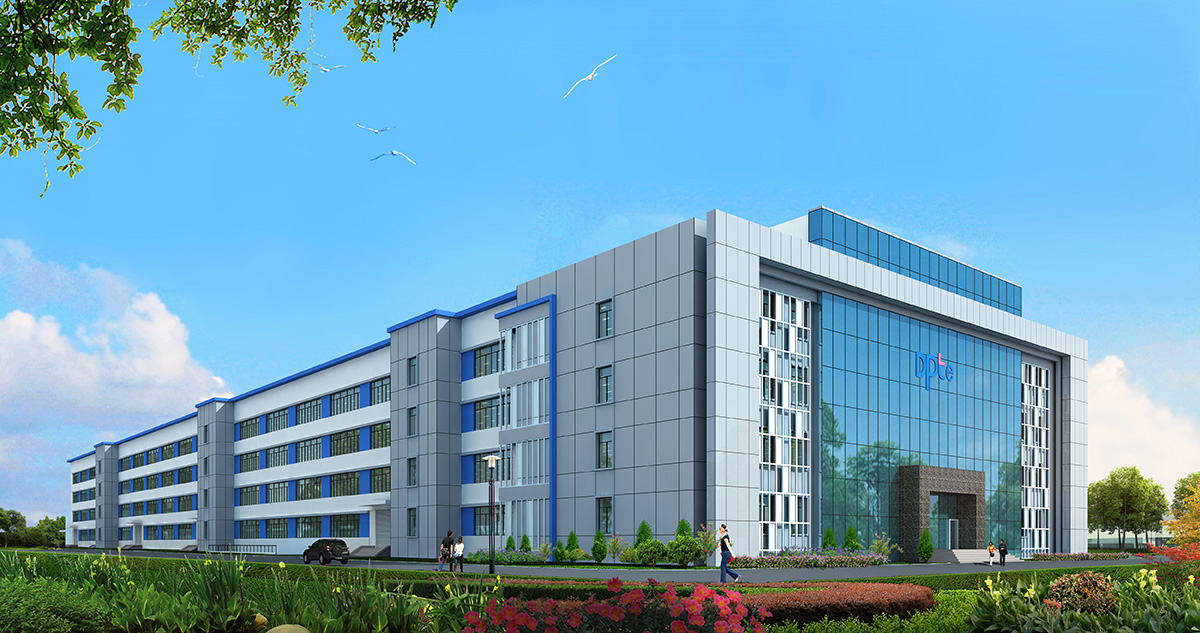
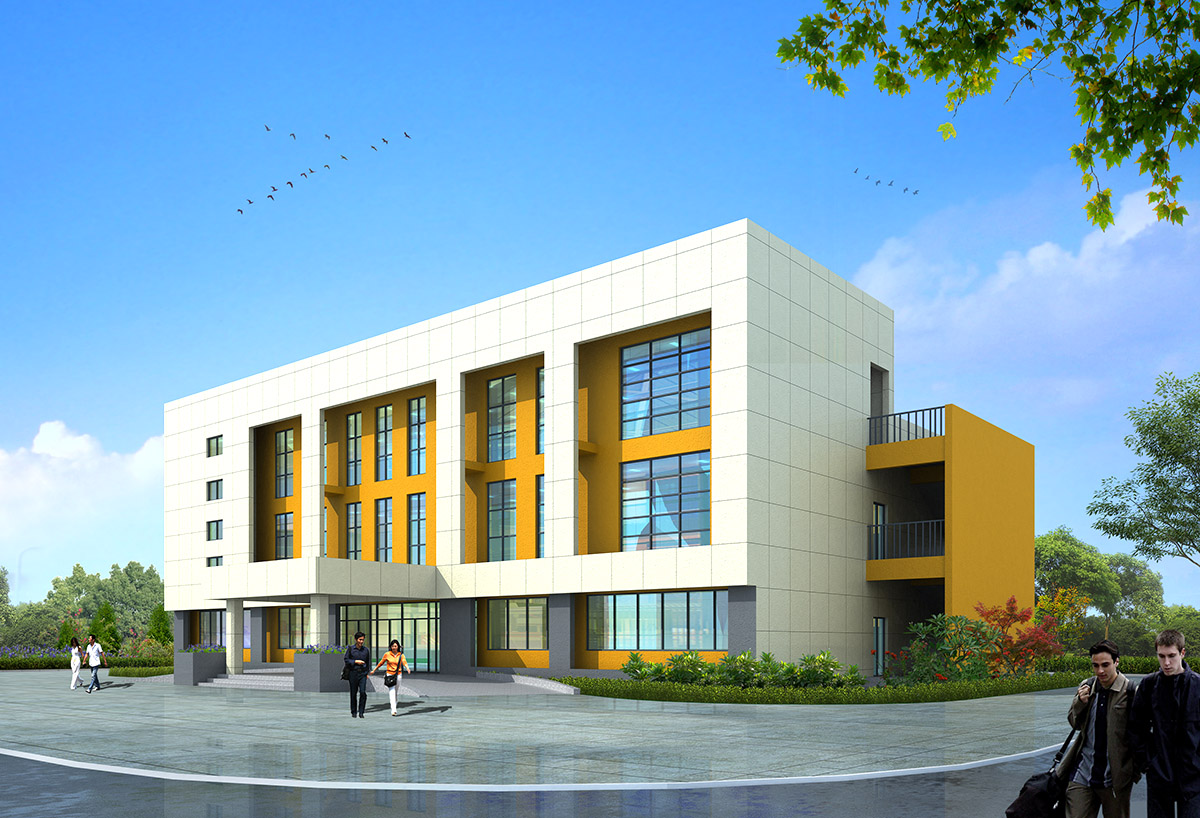
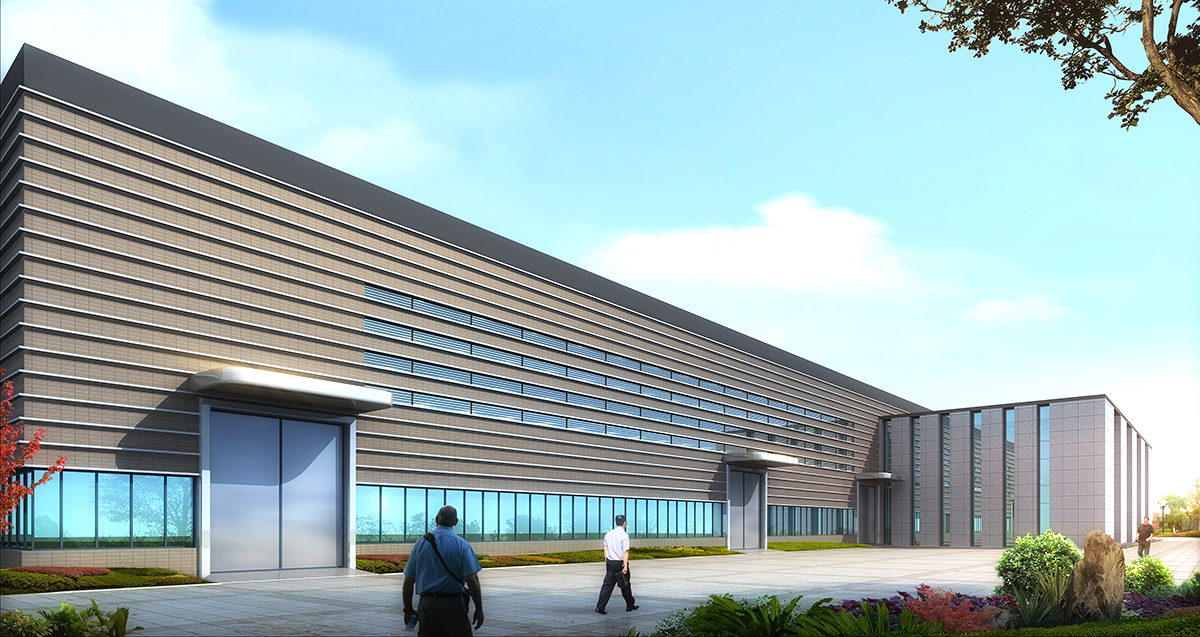
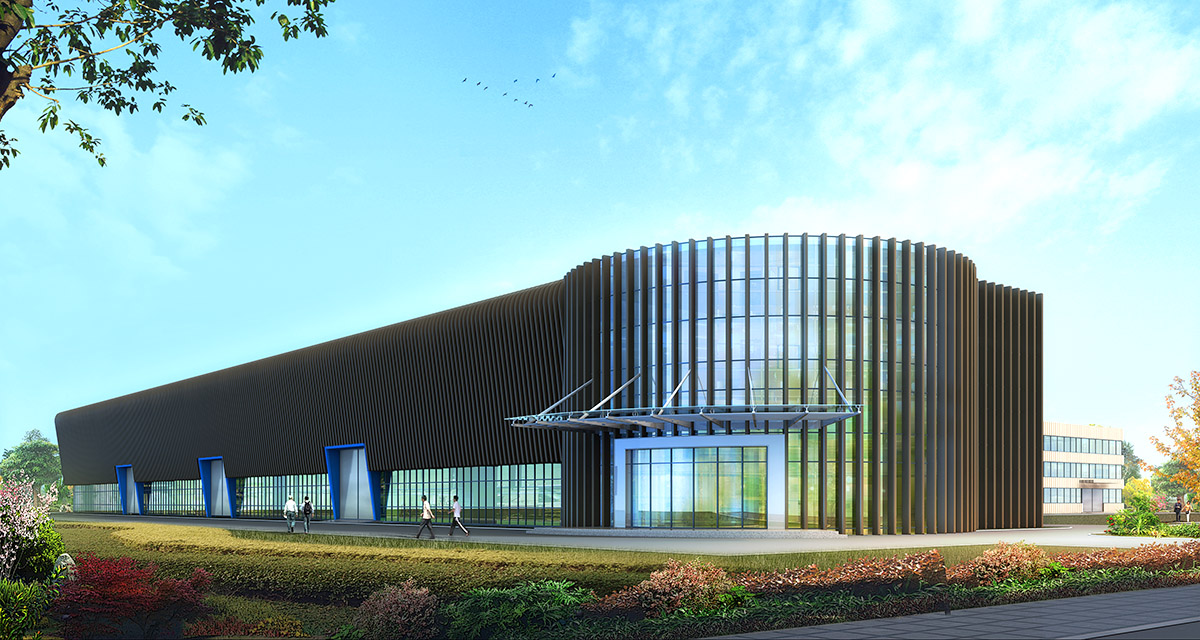
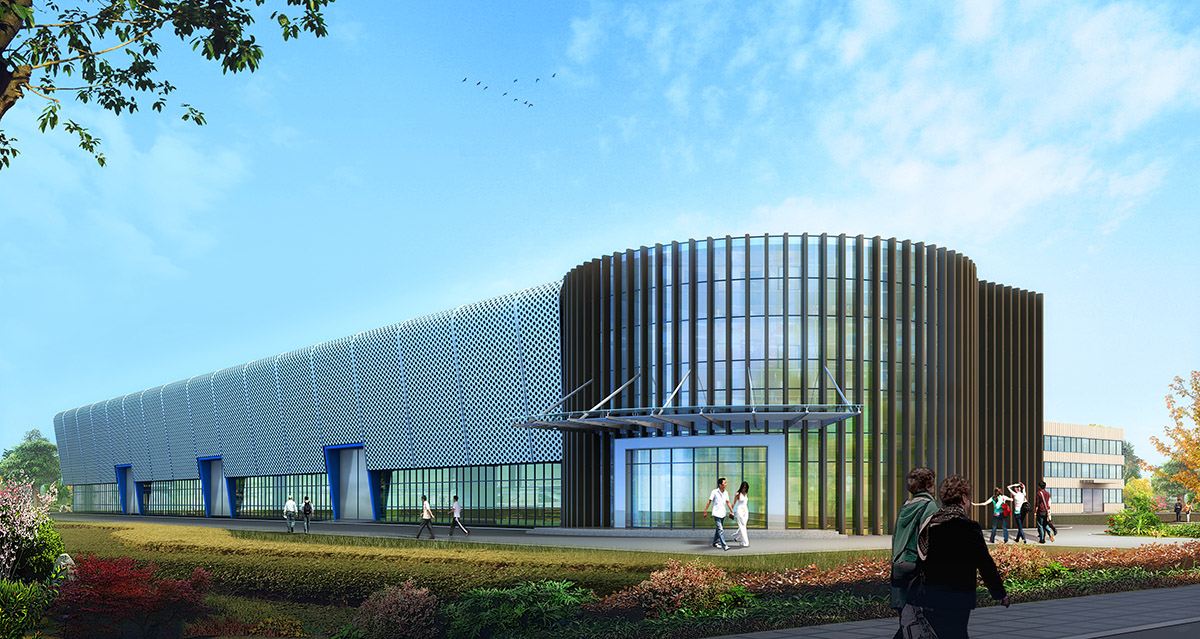
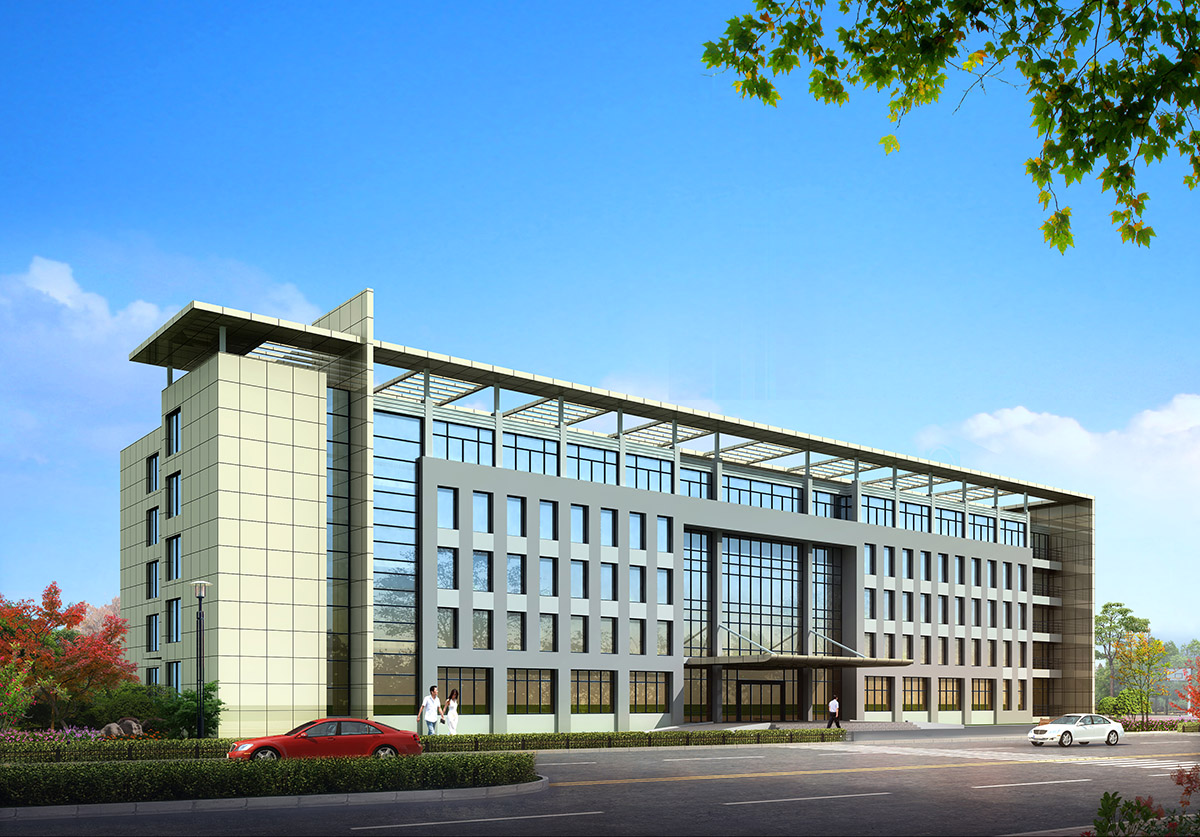
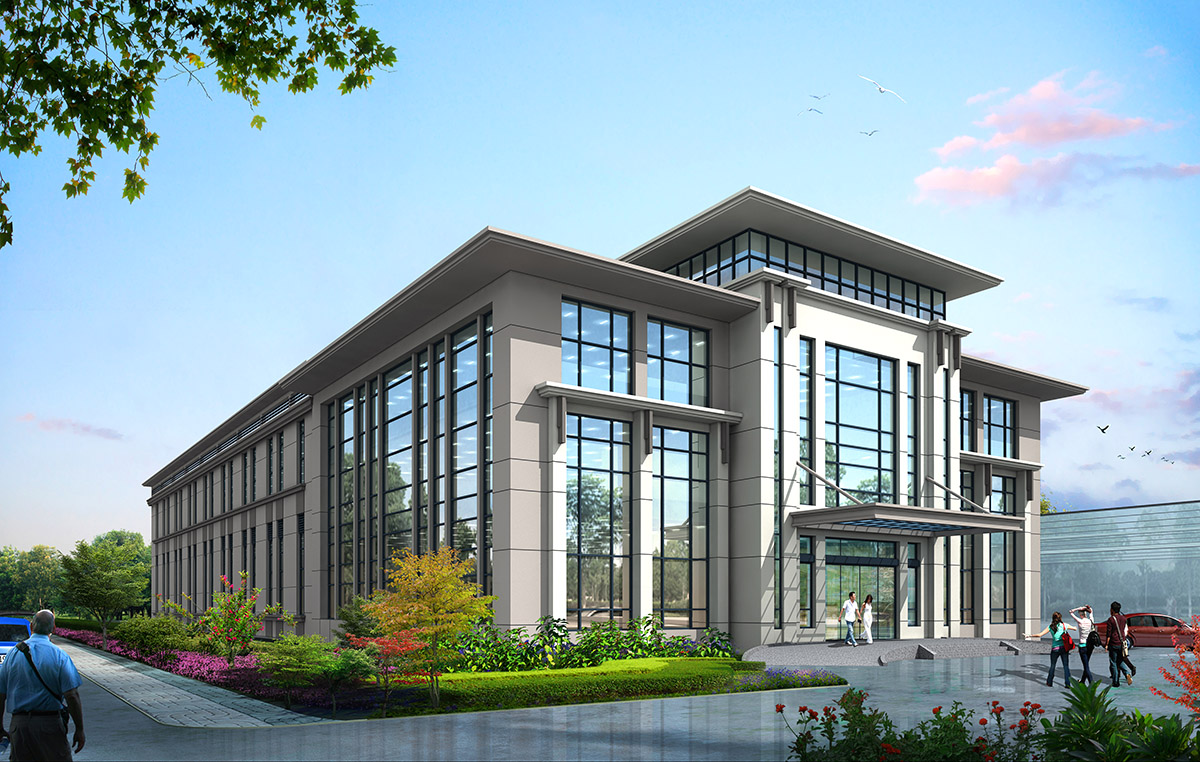
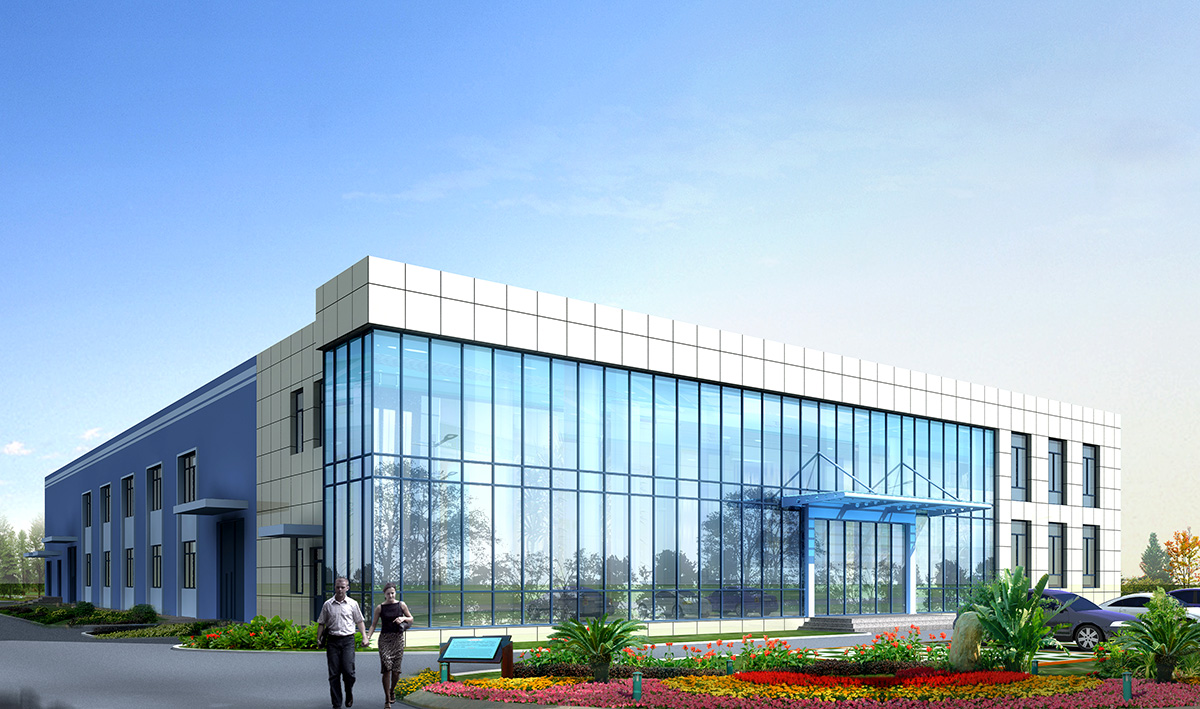
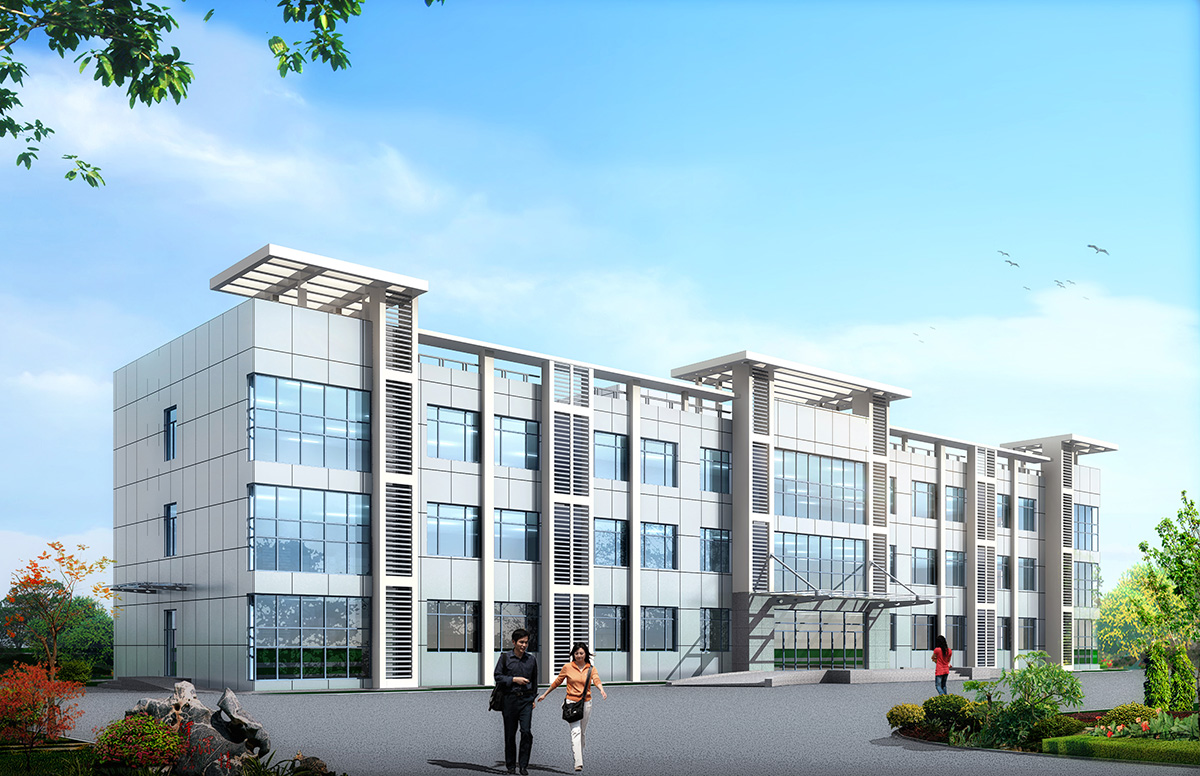
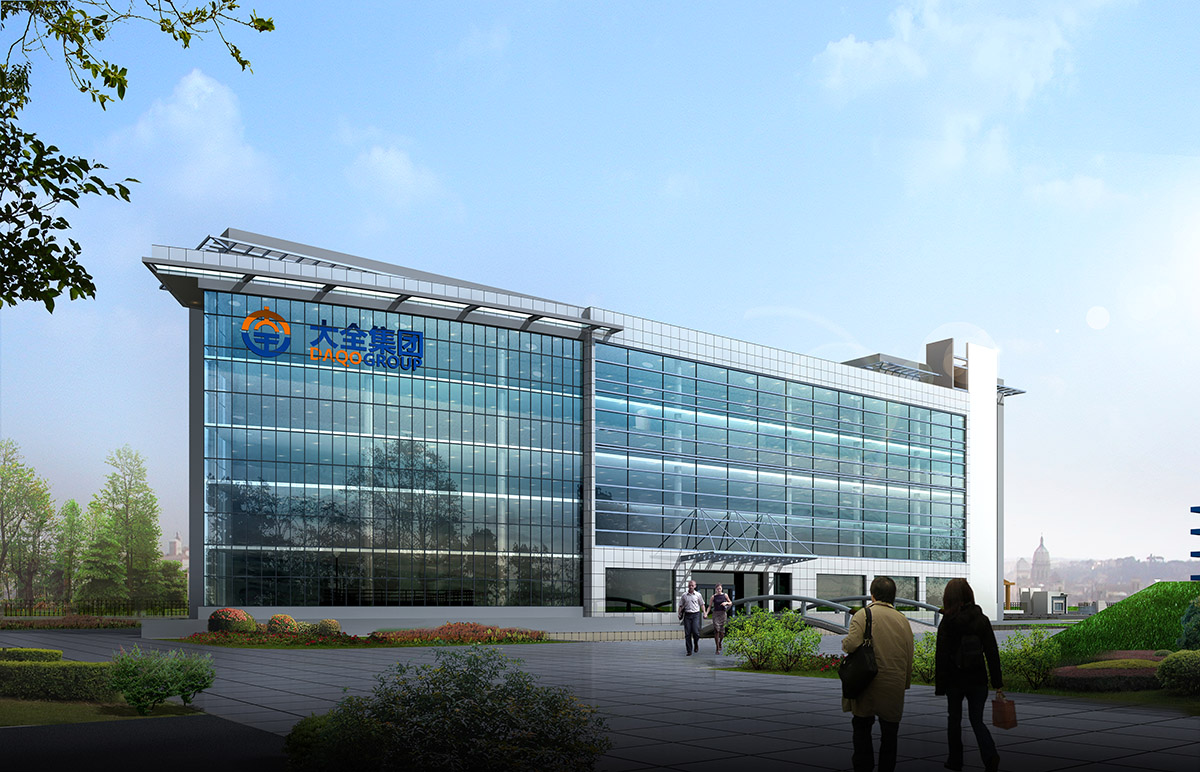
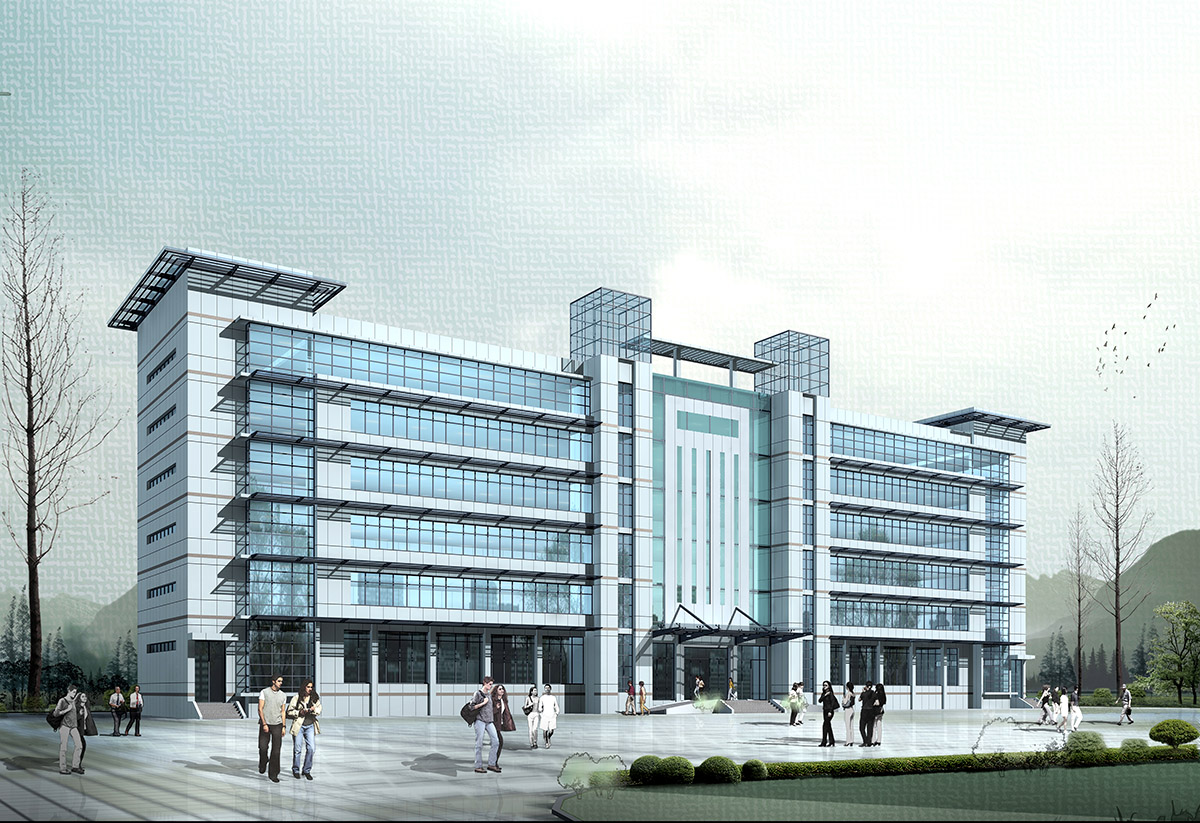
企业办公楼效果图设计制作具有多方面显著优点,以下从提升项目决策效率、优化空间规划、增强营销效果等维度展开分析:
前期规划与设计阶段
直观呈现设计理念
企业办公楼效果图能够将设计师脑海中抽象的设计概念,转化为直观、可视化的图像。例如,设计师可能构思了一种具有独特几何造型和现代感材质运用的办公楼外观,通过效果图,企业决策者、相关利益方可以清晰地看到建筑的立体形态、色彩搭配以及材质质感,快速理解设计师的设计意图。
对于内部空间布局,效果图可以展示不同功能区域的划分,如办公区、会议室、休息区、接待区等的位置关系和大小比例,让所有人对办公楼的空间规划有一个清晰的认知。
促进多方沟通协作
在办公楼建设项目的早期,涉及多个参与方,包括企业业主、设计师、建筑师、工程师等。效果图作为一个共同的视觉参考,能够打破专业壁垒,让不同背景的人员在同一平台上进行有效的沟通和交流。
例如,在讨论办公楼的外观设计时,企业业主可能更关注建筑的视觉形象和与周边环境的协调性,而建筑师则更注重结构和技术可行性。通过效果图,双方可以直观地表达自己的想法和需求,及时发现问题并进行调整,避免因沟通不畅导致的误解和返工。
优化空间规划与布局
效果图制作过程中,设计师可以利用三维建模软件对办公楼的空间进行精细模拟和分析。通过调整不同区域的尺寸、形状和位置,设计师可以找到最优的空间布局方案,提高办公楼的实用性和舒适性。
例如,在设计办公区时,通过效果图可以模拟不同员工的办公需求和工作流程,合理安排办公桌椅的摆放、通道的宽度以及采光和通风情况,确保员工能够在一个高效、舒适的环境中工作。
项目决策与审批阶段
辅助项目决策
企业办公楼建设是一项重大的投资决策,需要综合考虑多个因素,如建筑成本、功能需求、市场形象等。效果图可以为决策者提供直观的决策依据,帮助他们评估不同设计方案的优缺点,选择最适合企业发展的方案。
例如,决策者可以通过对比不同效果图展示的建筑外观、内部空间布局和配套设施,判断哪个方案更符合企业的品牌形象和业务需求,同时也能更好地控制项目成本和进度。
加快审批流程
在向政府部门申请建筑规划许可等相关审批时,详细、准确的效果图能够清晰地展示办公楼的设计方案和建设规模,有助于审批人员快速理解项目内容,减少因信息不明确而导致的反复沟通和修改,从而加快审批流程,缩短项目的前期准备时间。
营销与展示阶段
提升企业形象与品牌价值
一座设计独特、现代化的办公楼是企业实力和形象的重要体现。通过效果图,企业可以在项目未建成之前就向外界展示其未来的办公环境和企业文化,吸引客户、合作伙伴和投资者的关注。
例如,一家科技企业在宣传其新办公楼项目时,使用精美的效果图展示充满创新和科技感的空间设计,能够传达出企业追求卓越、勇于创新的精神,提升企业的品牌知名度和美誉度。
用于招商与租赁推广
对于计划将办公楼部分或全部进行出租的企业来说,效果图是一种非常有效的营销工具。它可以让潜在的租户提前了解办公楼的空间布局、装修风格和配套设施,激发他们的租赁兴趣。
例如,在招商宣传资料中,通过效果图展示宽敞明亮的办公区域、现代化的会议室和舒适的休息区,以及周边的交通便利性和商业配套,能够吸引更多优质租户入驻,提高办公楼的出租率和租金收益。
企业办公楼效果图设计制作是一个综合了建筑设计、美学、计算机图形学等多领域知识的复杂过程,其目的在于直观呈现办公楼建成后的外观、内部空间布局及环境氛围,帮助客户、投资者和相关方提前了解项目情况。以下是制作企业办公楼效果图的一般步骤和方法:
前期准备
明确需求:与客户进行深入沟通,了解办公楼的功能定位(如是科技公司注重创新氛围,还是金融企业强调稳重专业)、设计风格偏好(现代简约、欧式古典、中式传统等)、空间布局要求(各功能区域如办公室、会议室、接待区的位置和面积)以及预算范围等信息。
收集资料:获取办公楼所在场地的地形图、周边环境照片、规划限制条件等资料,同时收集客户提供的建筑平面图、立面图、剖面图等设计图纸。
设计构思与草图绘制
空间规划:根据需求和场地条件,对办公楼的空间进行合理规划,确定各功能区域的位置、大小和相互关系。例如,将接待区设置在入口附近,方便访客进入;把办公室安排在相对安静的区域,以提高员工工作效率。
风格确定:结合客户需求和建筑功能,确定整体的设计风格。比如,若企业为互联网公司,可考虑采用现代简约风格,运用简洁的线条和明亮的色彩,营造出充满活力和创新的空间氛围。
草图绘制:设计师用手绘或电脑绘图软件(如SketchUp草图大师)绘制初步的设计草图,展示办公楼的外观轮廓、建筑形态、主要入口和窗户位置等基本元素,与客户进行初步沟通和确认。
三维建模
选择建模软件:常用的三维建模软件有3ds Max、Maya、Rhino等。3ds Max功能强大,操作相对简单,在建筑效果图制作领域应用广泛;Maya在动画和特效制作方面表现出色,也可用于建筑建模;Rhino则以其精确的曲面建模能力,在异形建筑设计中具有优势。
建立模型:根据设计草图和建筑图纸,在选定的建模软件中创建办公楼的三维模型。从基础结构开始,逐步添加墙体、门窗、屋顶等建筑元素,注意模型的尺寸精度和细节表现,如门窗的开启方式、建筑装饰线条等。
添加周边环境:为了使效果图更加真实和完整,还需要在模型周围创建周边环境,包括地形、道路、绿化、停车场等。根据场地资料和设计要求,合理布置这些元素,营造出符合实际的场景氛围。
材质与纹理赋予
材质选择:为模型的不同部分选择合适的材质,如玻璃、石材、金属、木材等。不同的材质具有不同的物理属性和视觉效果,例如玻璃材质具有透明和反射特性,石材材质则表现出粗糙和坚实的质感。
纹理贴图:通过收集或制作纹理贴图,为材质添加更加真实的细节。比如,为石材墙面添加纹理贴图,使其呈现出天然石材的纹理和色泽;为木地板添加木纹贴图,增强地板的真实感。在贴图过程中,要注意调整贴图的大小、方向和重复方式,以避免出现明显的重复或变形。
灯光设置
自然光模拟:根据办公楼所在地的地理位置、时间和季节,设置自然光的参数,如太阳的高度角、方位角、光线颜色和强度等,模拟出不同时间段(如早晨、中午、傍晚)的自然光照效果,使效果图呈现出真实的明暗变化和光影效果。
人工光布置:在办公楼内部和外部合理布置人工光源,如吊灯、壁灯、地灯等。根据不同功能区域的需求,调整灯光的亮度、颜色和照射范围,营造出舒适、宜人的照明环境。例如,在办公室区域采用柔和的白色灯光,提高工作效率;在接待区使用暖黄色的灯光,营造出温馨、友好的氛围。
渲染输出
选择渲染器:常用的渲染器有V-Ray、Corona、Arnold等。V-Ray渲染速度快、效果真实,在建筑效果图制作中应用广泛;Corona渲染器操作简单,渲染出的图像具有柔和的光影效果;Arnold则以其高质量的渲染效果和强大的功能,在电影和高端广告制作中备受青睐。
设置渲染参数:根据效果图的要求和渲染器的特点,设置合适的渲染参数,如分辨率、采样值、渲染引擎等。较高的分辨率和采样值可以获得更加清晰、细腻的图像,但也会增加渲染时间。
渲染输出图像:启动渲染过程,等待渲染器完成计算并输出最终的效果图。渲染时间的长短取决于模型的复杂程度、渲染参数的设置以及计算机的性能。一般来说,简单的效果图可能在几分钟内渲染完成,而复杂的大型项目可能需要数小时甚至更长时间。
后期处理
选择后期处理软件:常用的后期处理软件有Adobe Photoshop等。Photoshop功能强大,具有丰富的图像调整和特效工具,可以对渲染输出的效果图进行进一步的优化和完善。
图像调整:在Photoshop中打开渲染好的效果图,对图像的色彩、对比度、亮度等进行调整,使图像的色彩更加鲜艳、对比更加明显,同时修正可能存在的色彩偏差或曝光问题。
添加特效:根据需要,为效果图添加一些特效,如光晕、阴影、倒影等,增强图像的真实感和艺术感。还可以添加人物、车辆等配景元素,使场景更加生动和丰富。
输出最终效果图:完成后期处理后,将效果图保存为合适的格式(如JPEG、PNG等),并根据客户要求调整图像的大小和分辨率,输出最终的企业办公楼效果图。
在整个企业办公楼效果图设计制作过程中,设计师需要与客户保持密切沟通,及时反馈设计进展和调整方案,确保最终的效果图能够满足客户的需求和期望。
来源:专业的效果图公司,追求卓越18年的三维图制作经验,承接厂房/车间/仓储/别墅/民宿/农庄/加油站/办公楼/会所/景观/园林/古建/祠堂/工程/亮化/道路/桥梁/幕墙/展馆/室内类效果图制做,覆盖拌合站工程|工业|产品|机械|设备|生产流水线|钢结构领域的3d效果图制做,结合3D动画全景图交互渲染技术助力,提升设计方案创新和互动的的品质!—高维设计
The design and production of renderings for corporate office buildings have significant advantages in various aspects. The following analysis will be conducted from the dimensions of improving project decision-making efficiency, optimizing spatial planning, and enhancing marketing effectiveness:
Pre planning and design phase
Intuitively presenting design concepts
The renderings of corporate office buildings can transform abstract design concepts in the designer's mind into intuitive and visual images. For example, a designer may have conceived an office building exterior with unique geometric shapes and modern materials. Through renderings, business decision-makers and stakeholders can clearly see the three-dimensional form, color matching, and material texture of the building, and quickly understand the designer's design intentions.
For the internal spatial layout, renderings can display the division of different functional areas, such as the location relationship and size ratio of office areas, conference rooms, rest areas, reception areas, etc., allowing everyone to have a clear understanding of the spatial planning of the office building.
Promote multi-party communication and collaboration
In the early stages of office building construction projects, multiple stakeholders are involved, including business owners, designers, architects, engineers, etc. As a common visual reference, renderings can break down professional barriers and enable effective communication and exchange among people from different backgrounds on the same platform.
For example, when discussing the exterior design of an office building, business owners may pay more attention to the visual image of the building and its coordination with the surrounding environment, while architects may focus more on structural and technical feasibility. Through the rendering, both parties can intuitively express their ideas and needs, promptly identify problems and make adjustments, avoiding misunderstandings and rework caused by poor communication.
Optimize spatial planning and layout
During the rendering process, designers can use 3D modeling software to finely simulate and analyze the space of the office building. By adjusting the size, shape, and position of different areas, designers can find the optimal spatial layout plan, improving the practicality and comfort of office buildings.
For example, when designing an office area, renderings can simulate the office needs and workflow of different employees, arrange the placement of desks and chairs, the width of passages, as well as lighting and ventilation, to ensure that employees can work in an efficient and comfortable environment.
Project decision-making and approval stage
Assist in project decision-making
The construction of corporate office buildings is a major investment decision that requires comprehensive consideration of multiple factors, such as construction costs, functional requirements, market image, etc. Rendering can provide decision-makers with intuitive decision-making basis, help them evaluate the advantages and disadvantages of different design schemes, and choose the most suitable scheme for the development of the enterprise.
For example, decision makers can compare the exterior appearance, interior spatial layout, and supporting facilities of buildings displayed in different renderings to determine which solution is more in line with the company's brand image and business needs, while also better controlling project costs and progress.
Accelerate the approval process
When applying for building planning permits and other related approvals from government departments, detailed and accurate renderings can clearly display the design scheme and construction scale of the office building, which helps approvers quickly understand the project content, reduce repeated communication and modifications caused by unclear information, thereby accelerating the approval process and shortening the preparation time of the project.
Marketing and Display Stage
Enhance corporate image and brand value
A uniquely designed and modern office building is an important reflection of a company's strength and image. Through renderings, companies can showcase their future office environment and corporate culture to the outside world before the project is completed, attracting the attention of customers, partners, and investors.
For example, when a technology company promotes its new office building project, it uses exquisite renderings to showcase innovative and technological space design, which can convey the company's pursuit of excellence and courage to innovate, and enhance the company's brand awareness and reputation.
Used for investment promotion and leasing promotion
For companies planning to rent out part or all of their office buildings, renderings are a very effective marketing tool. It can allow potential tenants to have advance knowledge of the spatial layout, decoration style, and supporting facilities of the office building, stimulating their interest in renting.
For example, in investment promotion materials, displaying spacious and bright office areas, modern meeting rooms, comfortable rest areas, as well as convenient transportation and commercial facilities in the surrounding area through renderings can attract more high-quality tenants to settle in, improve the occupancy rate and rental income of office buildings.
The design and production of renderings for corporate office buildings is a complex process that integrates knowledge from multiple fields such as architectural design, aesthetics, and computer graphics. Its purpose is to visually present the appearance, internal spatial layout, and environmental atmosphere of the completed office building, helping clients, investors, and stakeholders understand the project situation in advance. The following are the general steps and methods for creating renderings of corporate office buildings:
preparation in advance
Clear requirements: Conduct in-depth communication with clients to understand the functional positioning of the office building (such as whether a technology company focuses on an innovative atmosphere or a financial enterprise emphasizes stability and professionalism), design style preferences (modern simplicity, European classical, Chinese traditional, etc.), spatial layout requirements (location and area of various functional areas such as offices, conference rooms, and reception areas), and budget scope.
Data collection: Obtain topographic maps, photos of the surrounding environment, and planning constraints of the office building site, as well as design drawings such as floor plans, elevations, and sections provided by clients.
Design concept and sketch drawing
Space planning: Based on the needs and site conditions, plan the space of the office building reasonably, determine the location, size, and interrelationships of each functional area. For example, setting up the reception area near the entrance to facilitate visitors' entry; Arrange the office in a relatively quiet area to improve employee work efficiency.
Style determination: Determine the overall design style based on customer needs and building functionality. For example, if the enterprise is an Internet company, it can consider adopting modern simple style, using simple lines and bright colors to create a dynamic and innovative space atmosphere.
Sketching: Designers use hand drawn or computer drawing software (such as SketchUp Sketchmaster) to create preliminary design sketches, showcasing the basic elements of the office building's exterior outline, architectural form, main entrances, and window positions, and conducting preliminary communication and confirmation with clients.
3d modeling
Choose modeling software: Common 3D modeling software include 3ds Max, Maya, Rhino, etc. 3ds Max is powerful and relatively easy to operate, widely used in the field of architectural rendering; Maya excels in animation and special effects production, and can also be used for architectural modeling; Rhino has an advantage in the design of irregular buildings due to its precise surface modeling ability.
Build Model: Create a 3D model of the office building in the selected modeling software based on design sketches and architectural drawings. Starting from the basic structure, gradually add building elements such as walls, doors and windows, and roofs, paying attention to the dimensional accuracy and detail representation of the model, such as the opening method of doors and windows, building decorative lines, etc.
Add surrounding environment: In order to make the rendering more realistic and complete, it is also necessary to create a surrounding environment around the model, including terrain, roads, greenery, parking lots, etc. According to the site information and design requirements, arrange these elements reasonably to create a realistic atmosphere for the scene.
Material and texture assignment
Material selection: Choose appropriate materials for different parts of the model, such as glass, stone, metal, wood, etc. Different materials have different physical properties and visual effects, for example, glass materials have transparent and reflective properties, while stone materials exhibit a rough and solid texture.
Texture mapping: By collecting or creating texture maps, add more realistic details to materials. For example, adding texture maps to stone walls to present the texture and color of natural stone; Add wood grain texture to wooden flooring to enhance its realism. During the mapping process, it is important to pay attention to adjusting the size, orientation, and repetition of the map to avoid significant repetition or deformation.
Lighting Settings
Natural light simulation: Based on the geographical location, time, and season of the office building, set the parameters of natural light, such as the altitude angle, azimuth angle, light color, and intensity of the sun, to simulate the natural lighting effects at different time periods (such as morning, noon, and evening), so that the effect map presents real changes in brightness and shadow effects.
Artificial lighting arrangement: Reasonably arrange artificial light sources inside and outside the office building, such as chandeliers, wall lights, floor lights, etc. Adjust the brightness, color, and illumination range of the lights according to the needs of different functional areas to create a comfortable and pleasant lighting environment. For example, using soft white lighting in the office area to improve work efficiency; Use warm yellow lighting in the reception area to create a warm and friendly atmosphere.
Rendering
Choose renderer: Common renderers include V-Ray, Corona, Arnold, etc. V-Ray has fast rendering speed and realistic effects, and is widely used in the production of architectural renderings; The Corona renderer is easy to operate and produces images with soft light and shadow effects; Arnold is highly favored in film and high-end advertising production for its high-quality rendering effects and powerful features.
Set rendering parameters: Based on the requirements of the rendering effect and the characteristics of the renderer, set appropriate rendering parameters such as resolution, sampling values, rendering engine, etc. Higher resolution and sampling values can result in clearer and more delicate images, but they can also increase rendering time.
Rendering output image: Start the rendering process, wait for the renderer to complete the calculation and output the final effect image. The length of rendering time depends on the complexity of the model, the settings of rendering parameters, and the performance of the computer. Generally speaking, simple renderings can be rendered in a few minutes, while complex large-scale projects may take several hours or even longer.
Post processing
Choose post-processing software: Common post-processing software include Adobe Photoshop, etc. Photoshop has powerful functions and rich image adjustment and special effects tools, which can further optimize and improve the rendered output effect images.
Image adjustment: Open the rendered rendering in Photoshop and adjust the color, contrast, brightness, etc. of the image to make the colors more vivid and the contrast more prominent. At the same time, correct any possible color deviation or exposure issues.
Add special effects: Add some special effects to the rendering as needed, such as halos, shadows, reflections, etc., to enhance the realism and artistic sense of the image. You can also add scenery elements such as characters and vehicles to make the scene more vivid and rich.
Output final rendering: After completing post-processing, save the rendering in a suitable format (such as JPEG, PNG, etc.), adjust the image size and resolution according to customer requirements, and output the final corporate office building rendering.
During the entire process of designing and producing renderings for corporate office buildings, designers need to maintain close communication with clients, provide timely feedback on design progress and adjustment plans, and ensure that the final renderings meet the needs and expectations of clients.
Source: A professional rendering company that pursues excellence with 18 years of experience in 3D rendering. We undertake the production of 3D renderings for factories, workshops, warehouses, villas, homestays, farms, gas stations, office buildings, clubs, landscapes, gardens, ancient architecture, ancestral halls, engineering, lighting, roads, bridges, curtain walls, exhibition halls, and indoor spaces. We cover the fields of mixing station engineering, industry, products, machinery, equipment, production lines, and steel structures, and combine 3D animation panoramic interactive rendering technology to enhance the quality of design innovation and interaction! - High dimensional design



